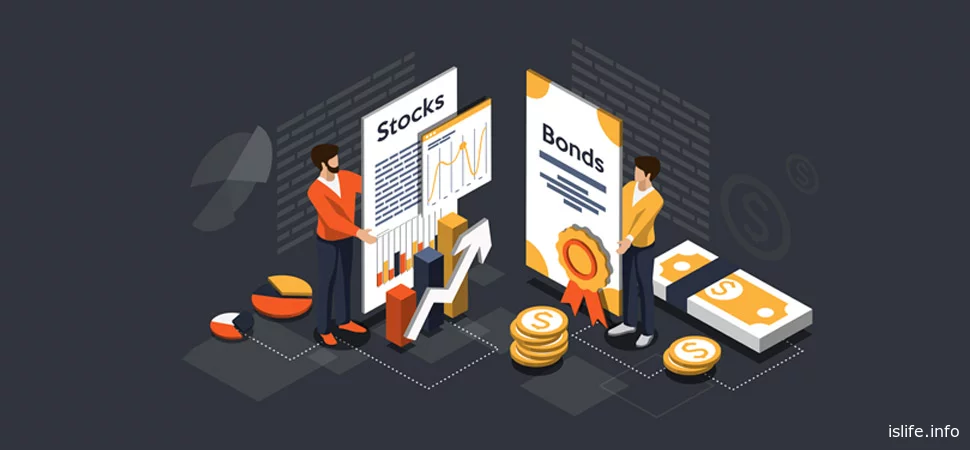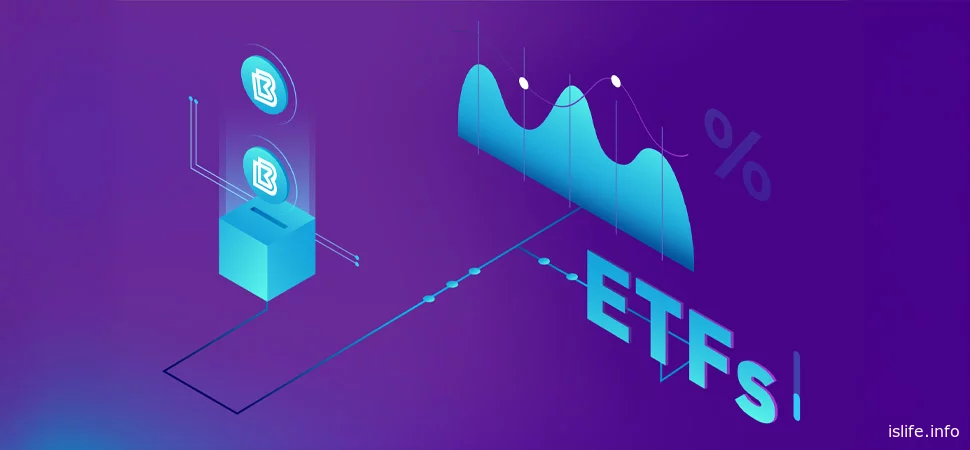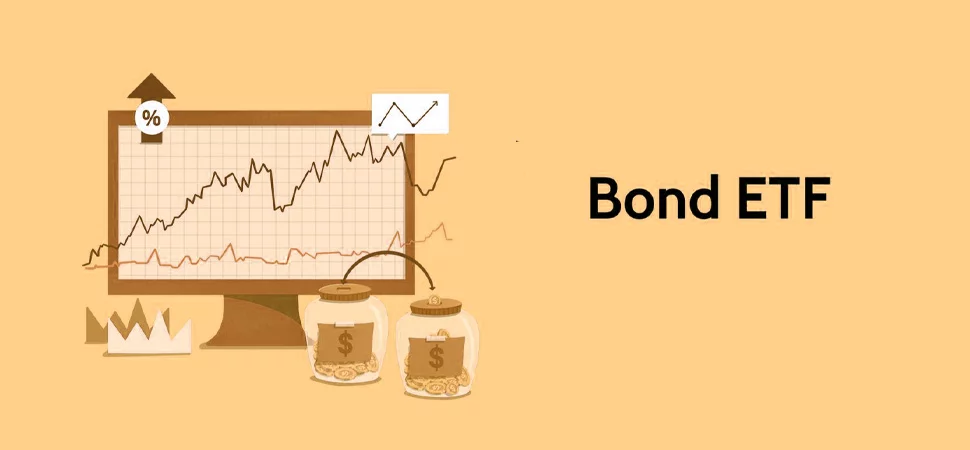Bond ETFs have become an important tool for investors in all areas of the bond market. When the first exchange-traded bond ETF appeared in July 2002, it was a simple but revolutionary step. For the first time, investors were able to trade investment-grade corporate bonds and long-term U.S. government bonds as easily as stocks. Over the years, these ETFs have become indispensable to traders and have taken a firm place in fixed income portfolios. As of January 2025, LQD and TLT shared the bond ETF market with 786 other funds, according to ETF Central.
There are several types of bond ETFs. For example, target-maturity bond ETFs allow investors to track the returns of individual bonds by liquidating and redeeming the net asset value at target maturity. More active investors are offered leveraged and inverse bond ETFs, which increase risk and return by amplifying the daily fluctuations of a bond index.
↑ Let's take a look at the best bond ETFs worth buying in 2025:
↑ Vanguard Total Bond Market ETF (BND)
The Vanguard Total Bond Market ETF (BND) is a fund that invests in a broad set of U.S. bonds. It includes government, corporate and international bonds, as well as mortgage-backed and asset-backed securities with maturities greater than one year. The fund uses a sampling method to construct its portfolio, with at least 80% of its assets invested in bonds from the index.
BND features low expenses (0.03% per year) and high diversification because it provides exposure to more than 11,000 bonds through the Bloomberg U.S. Aggregate Float Adjusted Index. Investors note that this ETF exhibits high resilience and liquidity, even during major market swings, such as the March 2020 pandemic-induced selloff.

↑ Vanguard Core Plus Bond ETF (VPLS)
The fund invests in different types of bonds - fixed-income securities that can vary in maturity, yield and quality. Under normal circumstances, at least 80% of the fund's assets are inverted in such bonds, including corporate, U.S. Treasuries, government and agency securities, and mortgage and asset-backed securities.
In addition, demand for actively managed bond ETFs is growing due to strong stock market performance and attractive yields. This gives investors the opportunity to not only diversify their portfolios, but also earn additional returns through active management. Those looking to outperform a standard index like BND can look to active bond ETFs like VPLS. Unlike BND, this fund is not tied to any particular index and can select bonds with lower credit ratings or from emerging markets to achieve higher returns.
↑ SPDR Bloomberg 1-3 Month T-Bill ETF (BIL)
The fund invests at least 80% of its assets in securities included in the index or in securities whose economic characteristics are virtually identical to those of the index securities. In doing so, the index reflects the performance of U.S. Treasury Department government obligations with a remaining maturity of 1 to 3 months.
One often-overlooked aspect of bond ETFs is their liquidity - that is, their ability to buy and sell securities quickly and without significant spread widening. The liquidity of such ETFs is crucial for investors looking to diversify their portfolios and generate additional returns. The liquidity of the ETF itself is largely determined by the liquidity of the underlying assets. For example, the BIL ETF is highly liquid - its 30-day spread is just 0.01% - because the fund invests in Treasury bills with maturities of 1 to 3 months. This ensures that BIL has extremely low credit risk and minimal interest rate risk, making it a convenient and safe way to hold money.

↑ iShares 1-3 Year Treasury Bond ETF (SHY)
The iShares 1-3 Year Treasury Bond ETF (SHY) is an exchange-traded fund that invests in short-term U.S. Treasury bonds with a remaining maturity of 1 to 3 years. This portfolio reduces interest rate risk compared to long-term bonds, provides stable income and high liquidity, making SHY an attractive tool for investors looking for a safe place to store funds or who want to add a low-risk income element to a portfolio.
ETFs that invest in short-term bonds offer good yields and can perform strongly as long as short-term interest rates remain high. If investors go for the higher yields from BIL, they may choose an ETF such as SHY, which tracks the ICE US Treasury 1-3 Year Index. SHY has an average maturity of 1.8 years, an average final yield of 4.2%, and an annual fee of 0.15%. That said, it is just as liquid as BIL.
↑ iShares 3-7 Year Treasury Bond ETF (IEI)
The iShares 3-7 Year Treasury Bond ETF (IEI) is an exchange-traded fund that invests in U.S. Treasury bonds with a remaining maturity of 3 to 7 years. Simply put, IEI gives investors the opportunity to invest in medium-duration government debt securities that provide stable income with moderate interest rate risk. The fund tracks a special index that includes bonds with these durations, providing a diversified portfolio of high-quality, reliable assets issued by the U.S. government.
It offers a good balance between risk and return and is suitable for investors looking to invest over the medium term. After SHY, the next step up the yield curve is IEI. This ETF tracks the ICE US Treasury 3-7 Year Index. With an average duration of 4.2 years, it reacts more strongly to interest rate fluctuations than SHY, but offers a higher final yield of 4.3%. The expense ratio is 0.15%.
↑ Conclusion
In conclusion, bond ETFs have gained a strong place in investors' portfolios due to their diversification, liquidity and low costs. These funds allow easy and efficient access to a wide range of bonds, from government to corporate and mortgage-backed securities, helping to reduce risk and provide stable income.

